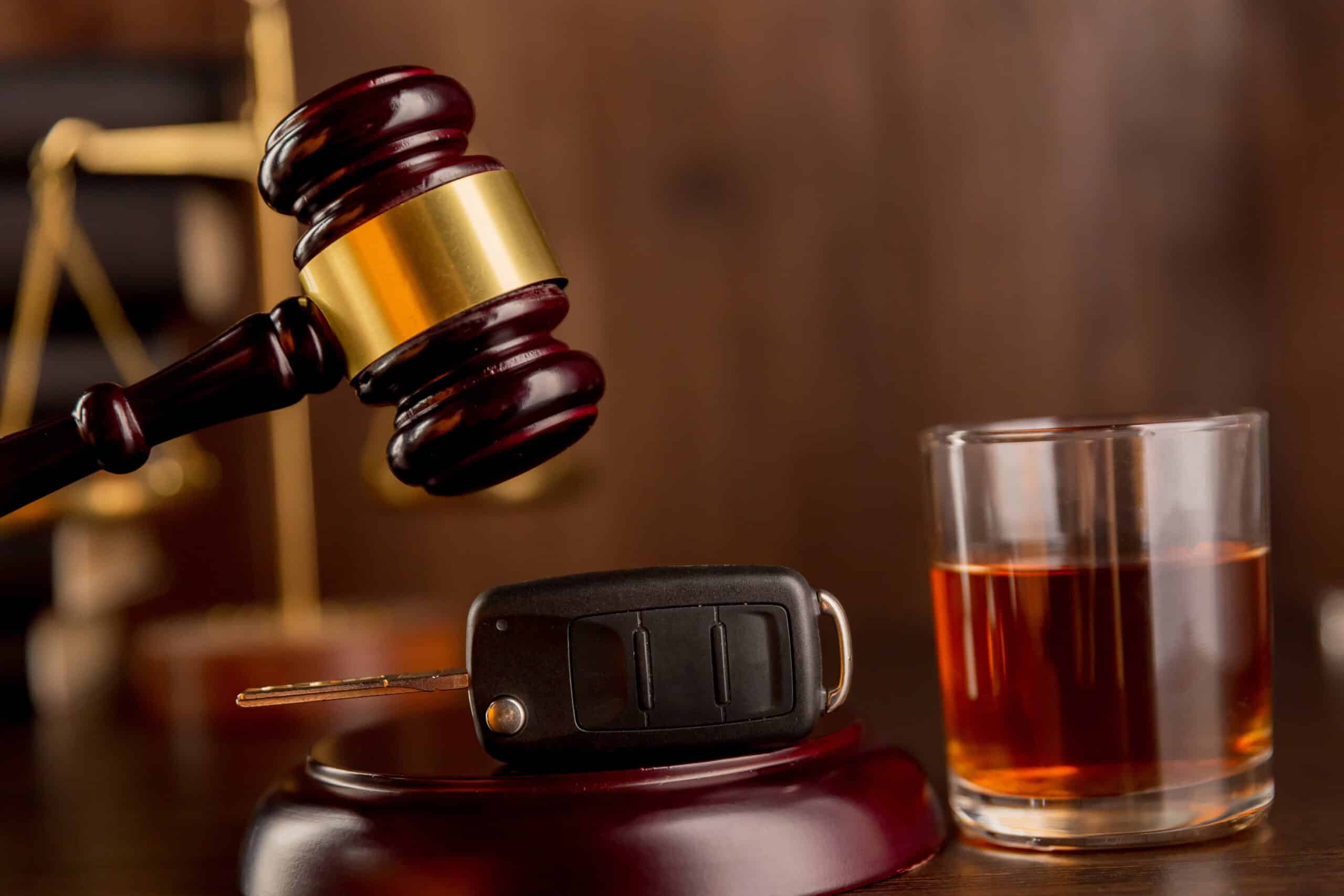When a high-profile federal criminal case concludes, the verdict is often just the beginning of a new legal battle. The recent case involving Sean “Diddy” Combs has brought the federal criminal appeal process into the spotlight. Understanding this complex journey is key to grasping what comes next for him and anyone else challenging a federal conviction. This post will walk you through the essential stages of a federal appeal, using the Diddy case as a practical example.
We will explore three key areas:
- The step-by-step process of a federal criminal appeal.
- Potential legal arguments that could be raised, based on what we’ve seen in the Combs case.
- The range of possible outcomes and what they mean.
Part 1: The Federal Criminal Appeal Process Step-by-Step
Challenging a federal conviction involves a structured, rule-based process that moves the case from the trial court to a higher appellate court. The goal is not to retry the case but to review the trial record for significant legal errors.
Filing the Notice of Appeal
The first and most critical step is filing a “Notice of Appeal.” This simple but mandatory document officially informs the court system of the defendant’s intent to appeal. According to Federal Rule of Appellate Procedure 3, this notice must be filed with the district court clerk within 14 days after the judgment is entered.
This step is purely procedural; it doesn’t require any legal arguments. It simply states, “I am appealing my case.” Missing this deadline can forfeit the right to an appeal entirely, making it a crucial first move for the defense team.
Preparing the Record and Briefing Schedule
Once the notice is filed, the case moves to the appropriate U.S. Court of Appeals. The next phase involves compiling the “record on appeal,” as outlined in Federal Rule of Appellate Procedure 10. This record includes all trial transcripts, evidence, motions, and rulings from the lower court. The appellate court needs this complete record to understand what happened at trial and evaluate the legal arguments.
After the record is prepared, the court issues a briefing schedule. In this scenario, Combs is the “appellant” because he is appealing, and the U.S. government is the “appellee.” The appellant has the burden of proving that a legal error occurred that warrants overturning the conviction or sentence.
The Power of the Briefs
The core of any appeal lies in the written briefs. These documents present the legal arguments formally to the appellate judges. As specified in Federal Rule of Appellate Procedure 28, the process unfolds in three parts:
- Appellant’s Opening Brief: Combs’s legal team will file the first brief, detailing the alleged trial errors. They will cite case law, statutes, and constitutional principles to support their claims that the conviction or sentence was unjust.
- Appellee’s Response Brief: The government’s prosecutors will then file a response brief. They will counter the appellant’s arguments, defend the trial court’s decisions, and assert that the conviction and sentence should stand.
- Appellant’s Reply Brief: The appellant gets the final word with a reply brief. This is a shorter, more focused document used to rebut the government’s response and sharpen the key arguments. A well-crafted reply can be instrumental in framing the debate for the judges.
The Oral Argument
After the briefs are filed, the court may schedule an “oral argument.” While not guaranteed in every case, appeals following a full trial are common due to the complexity of the issues. During oral argument, lawyers for both sides appear before a panel of three appellate judges to argue their case and answer questions.
This is not the time to present new evidence. Instead, it’s a dynamic session in which judges probe the strengths and weaknesses of the arguments presented in the briefs. An engaged panel of judges—what lawyers call a “hot bench”—is often a good sign. It shows the judges are deeply considering the issues rather than having already made up their minds.
If you would like to hear what an oral argument sounds like, here are the oral arguments for the famous Miranda case here.
Part 2: Potential Arguments on Appeal in the Diddy Case
While we can only speculate, the trial record in the Diddy case suggests several arguments his lawyers might raise on appeal.
The Acquitted Conduct Sentencing Issue
Perhaps the most significant argument revolves around the use of “acquitted conduct” at sentencing. Historically, judges could consider conduct for which a defendant was found not guilty when determining a sentence. This meant a defendant could be acquitted of five charges but still receive a longer sentence based on the alleged conduct from those very charges.
However, a recent change to the U.S. Sentencing Guidelines now advises against this practice. Combs’s lawyers argued that the prosecution continued to reference conduct related to charges he was acquitted of to push for a harsher sentence. They will likely argue on appeal that the judge improperly inflated the sentence based on this acquitted conduct. If successful, this argument could lead to a resentencing, even if the convictions themselves stand.
Here are the new federal sentencing guidelines for acquitted conduct.
The Novel Application of the Mann Act in Diddy’s Federal Criminal Appeal
Another potential argument concerns the use of the Mann Act, a law historically used to prosecute interstate prostitution. The defense contended that applying this statute to the facts of Combs’s case was an unprecedented and improper stretch of the law. They will likely argue that the government creatively misapplied the statute to secure a conviction, contrary to the law’s original intent.
Admission of Inflammatory Evidence
Throughout any trial, lawyers make objections to evidence they believe is unfairly prejudicial. These objections preserve the issues for appeal. Combs’s team made several such objections, arguing that certain evidence was inflammatory and likely biased the jury against him. On appeal, they will argue that the admission of this evidence was a legal error that deprived him of a fair trial.
Part 3: Possible Outcomes of the Appeal
A federal criminal appeal can result in several different outcomes, each with profound consequences.
- Affirmance: The appellate court found no significant legal error and “affirm” the trial court’s decision. In this scenario, both the conviction and sentence remain unchanged. This is the most common outcome in federal appeals.
- Reversal and Remand for a New Trial: If the court finds a serious error that affected the trial’s fairness (like the admission of improper evidence), it could reverse the conviction and “remand” the case back to the lower court for a new trial.
- Reversal for Resentencing: The court might uphold the conviction but find an error specifically related to the sentencing phase. This is where the acquitted conduct argument comes into play. If successful, the case would be sent back for a new sentencing hearing, which could result in a reduced sentence.
- Partial Reversal: If a defendant was convicted on multiple charges, the appellate court could reverse some convictions while affirming others. This would also likely trigger a resentencing, as the original sentence was based on the total number of guilty verdicts.
Conclusion on Federal Criminal Appeal Process
The appellate process is lengthy, and Combs’s legal team will be working to expedite it. A successful appeal could drastically alter his future, while an affirmation would solidify the trial’s outcome. The legal arguments raised in this case, particularly around acquitted conduct, could also set important precedents for federal criminal law moving forward.
If you or a loved one needs a federal criminal appeal lawyer, we handle them and have for decades. We do not charge for consultations on criminal cases. You can see what our clients say about our attorneys, Mirriam Z. Seddiq and Justin Eisele, by reading their reviews here.
You can call us 24/7 at 301.513.7832. Alternatively, you can complete an online intake form here. Once completed, an attorney will call you within ten minutes. Put our 45 years of experience to work.




